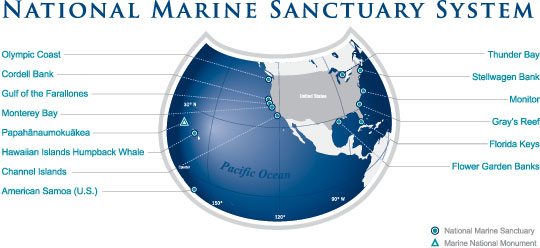 Marine Sanctuaries (starts at 5:18) This is the third feature interview In the Ocean Is Us series, which explores how we in land-locked Colorado are connected to the oceans, why they matter so much to us all, and what’s at stake. Today we discuss marine sanctuaries: the conservation science behind establishing them, and their ecological and economic benefits. In June, President Obama announced his intention to make a vast area of the central Pacific Ocean off-limits to fishing, energy exploration and other activities. If the plans go through, they could create the marine sanctuary. It would double the swath of ocean that is fully protected globally. Our guests today are devoted to marine conservation. Billy Causey works in the The Office of National Marine Sanctuaries at NOAA – the National Oceanic and Atmospheric Administration. He is Regional Director of the Southeast Atlantic, Gulf of Mexico and Caribbean Region. Vicki Nichols Goldstein is founder of the Colorado Ocean Coalition, a nonprofit based in Boulder dedicated to connecting people living inland to ocean conservation efforts. Formerly she directed the marine advocacy organization Save Our Shores.
Marine Sanctuaries (starts at 5:18) This is the third feature interview In the Ocean Is Us series, which explores how we in land-locked Colorado are connected to the oceans, why they matter so much to us all, and what’s at stake. Today we discuss marine sanctuaries: the conservation science behind establishing them, and their ecological and economic benefits. In June, President Obama announced his intention to make a vast area of the central Pacific Ocean off-limits to fishing, energy exploration and other activities. If the plans go through, they could create the marine sanctuary. It would double the swath of ocean that is fully protected globally. Our guests today are devoted to marine conservation. Billy Causey works in the The Office of National Marine Sanctuaries at NOAA – the National Oceanic and Atmospheric Administration. He is Regional Director of the Southeast Atlantic, Gulf of Mexico and Caribbean Region. Vicki Nichols Goldstein is founder of the Colorado Ocean Coalition, a nonprofit based in Boulder dedicated to connecting people living inland to ocean conservation efforts. Formerly she directed the marine advocacy organization Save Our Shores.
For more info on how you can get involved in nominating new sites for marine sanctuaries, visit the National Marine Sanctuary Foundation. All features in The Ocean Is Us series can be found here.
Hosts: Susan Moran, Kendra Krueger
Producer: Joel Parker
Engineer: Maeve Conran
Additional Contributions: Shelley Schlender, Beth Bennett
Executive Producer: Joel Parker
Listen to the show:
Podcast: Play in new window | Download (Duration: 24:33 — 33.7MB)
Subscribe: RSS




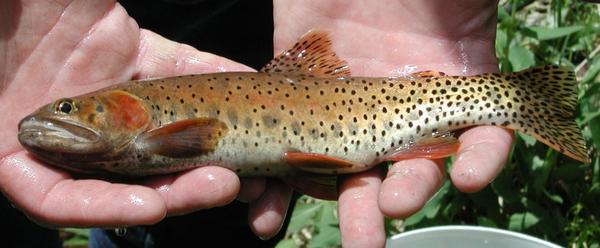
 Greenback Cuttthroat Trout (starts at 6:06) Colorado has always been a state of nature lovers, which is why, in the era of our great great grandfathers, citizens even designated an official state fish. It’s the Greenback Cutthroat Trout that thrived in the mountain streams above Boulder and Denver. Colorado wildlife officials had long assumed that Greenback Cuttthroat Trout still live in our mountain streams. The problem is, they were wrong. Through a complex set of Sherlock Holmes investigations begun in recent years, scientists at CU-Boulder figured out a “fish switch” decades ago, meant Greenback Cutthroat Trout were missing from our streams, and possibly extinct. Since then, we have much better news about the fish that “almost” got away. In this feature, How on Earth’s Shelley Schlender, speaks with CU-Boulder biologist,
Greenback Cuttthroat Trout (starts at 6:06) Colorado has always been a state of nature lovers, which is why, in the era of our great great grandfathers, citizens even designated an official state fish. It’s the Greenback Cutthroat Trout that thrived in the mountain streams above Boulder and Denver. Colorado wildlife officials had long assumed that Greenback Cuttthroat Trout still live in our mountain streams. The problem is, they were wrong. Through a complex set of Sherlock Holmes investigations begun in recent years, scientists at CU-Boulder figured out a “fish switch” decades ago, meant Greenback Cutthroat Trout were missing from our streams, and possibly extinct. Since then, we have much better news about the fish that “almost” got away. In this feature, How on Earth’s Shelley Schlender, speaks with CU-Boulder biologist,  Migraines (starts at 14:28) One of the most painful conditions to suffer through is a migraine headache. Sometimes, these headaches begin with strange visual auras or loss of vision; sometimes they’re accompanied by nausea. Most of all, they’re a head-splitting pain. Interestingly, these headaches are rare among the world’s few remaining hunter-gatherer populations. In contrast, they’re common in modern western life. Roughly 10% of Americans have suffered from a migraine headache. One of the people who used to suffer from them frequently is a medical doctor with advanced degrees in neurology. He’s Doctor
Migraines (starts at 14:28) One of the most painful conditions to suffer through is a migraine headache. Sometimes, these headaches begin with strange visual auras or loss of vision; sometimes they’re accompanied by nausea. Most of all, they’re a head-splitting pain. Interestingly, these headaches are rare among the world’s few remaining hunter-gatherer populations. In contrast, they’re common in modern western life. Roughly 10% of Americans have suffered from a migraine headache. One of the people who used to suffer from them frequently is a medical doctor with advanced degrees in neurology. He’s Doctor 
 Summer is a time to celebrate our bursting gardens. But you may be wondering why your neighbor’s garden seems to be attracting all the butterflies, honeybees and hummingbirds, while yours seems to be attracting mostly aphids and raccoons. Our guest, Alison Peck, owner of
Summer is a time to celebrate our bursting gardens. But you may be wondering why your neighbor’s garden seems to be attracting all the butterflies, honeybees and hummingbirds, while yours seems to be attracting mostly aphids and raccoons. Our guest, Alison Peck, owner of 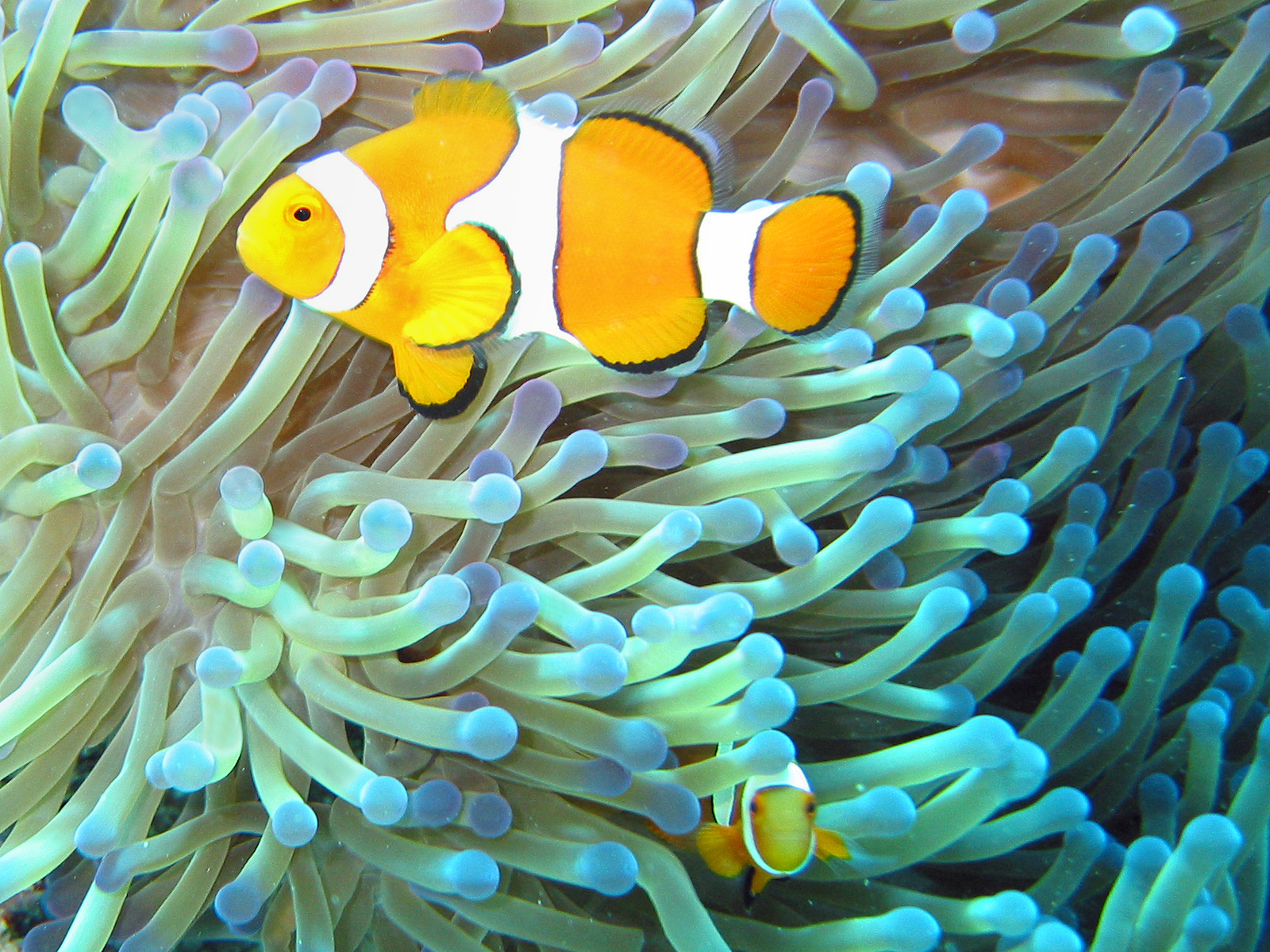

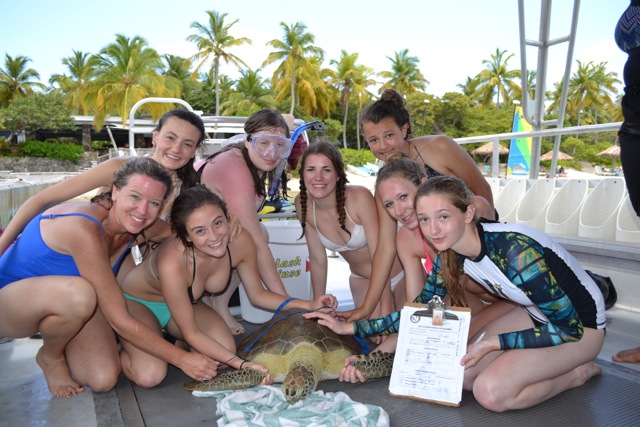
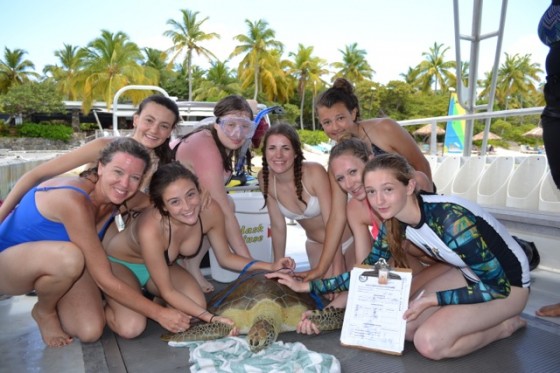
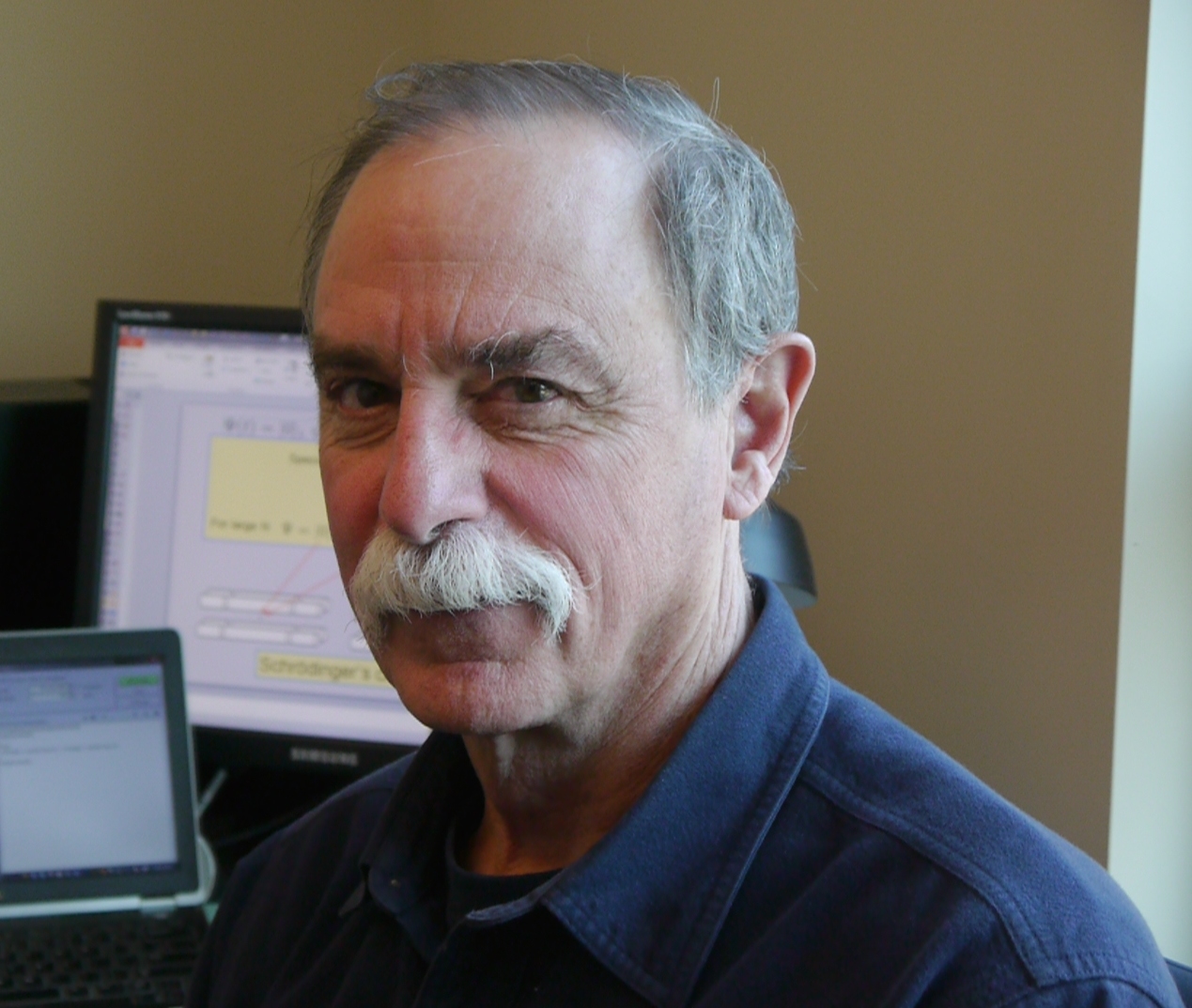
 Quantum Computers
Quantum Computers
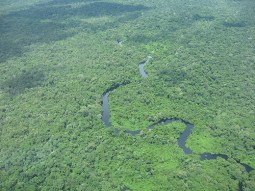 Amazon CO2 (start time 04:37) The Amazon basin contains the largest tropical rainforest on the planet. It’s been critical not only for its beauty and biodiversity but also for its ability to store more carbon dioxide than it emits. The soil and above-ground biomass of the Amazon makes it one of the largest reservoirs of carbon dioxide. And that has helped to keep climate change from accelerating even faster. But a new
Amazon CO2 (start time 04:37) The Amazon basin contains the largest tropical rainforest on the planet. It’s been critical not only for its beauty and biodiversity but also for its ability to store more carbon dioxide than it emits. The soil and above-ground biomass of the Amazon makes it one of the largest reservoirs of carbon dioxide. And that has helped to keep climate change from accelerating even faster. But a new 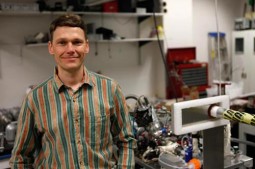 Power Plant Smokestacks (start time 14:43) To understand the global greenhouse gas budgets, it’s critical to characterize their sources and sinks. Electrical power generation accounts for about a
Power Plant Smokestacks (start time 14:43) To understand the global greenhouse gas budgets, it’s critical to characterize their sources and sinks. Electrical power generation accounts for about a 

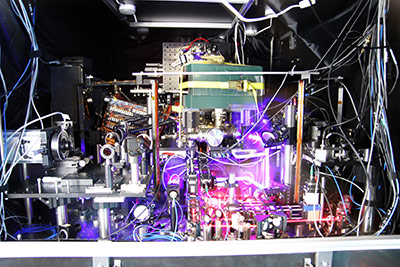 Strontium Clock (start time 14:10) We’ve got a full-house of physicists in the studio today to help us understand the new
Strontium Clock (start time 14:10) We’ve got a full-house of physicists in the studio today to help us understand the new